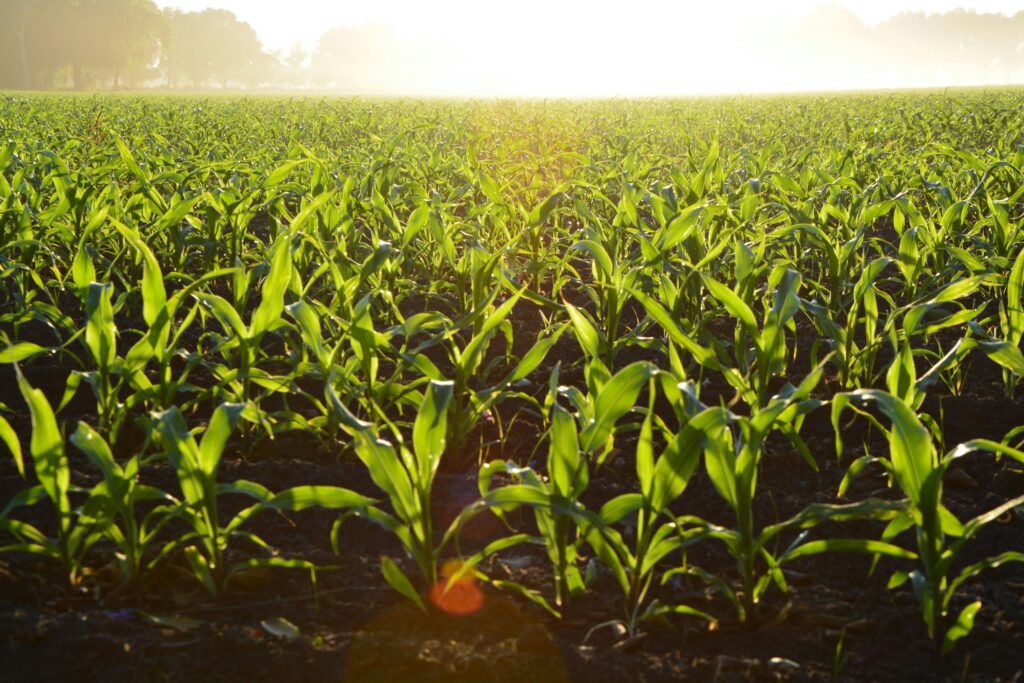In this blog we shall see innovating parries for agricultural exports towards maintaining competitiveness in agri exports— but also make it possible for some companies that develop adaptation strategies and innovations despite these difficulties not only be able to address them but also find ways on how they can turn them into opportunities that help them stand out among other producers within those markets where they operate.
1. The effects of climate change on exports of agriculture
Climate change is responsible for changing growing seasons because it modifies the temperatures and rainfall. This affects the crop timing and productivity, hence exporters would need to adapt planting schedules to changing climate conditions to be able to grow varieties in which they have positive yields and quality despite altering crop varieties and agricultural practices.
2. Water Stress and Irrigation Challenges are inherently connected to climate change
As a result, the situation is going to be more complicated in terms of water stress — or water variability that results from drought; lack of water, or even unpredictable patterns for rainfall. Those agricultural exporters relying on irrigation systems might find it difficult to secure water resources in areas experiencing water stress, let alone managing effective use of water and sustaining crop production.
3. The Shift to Pest and Disease Emphasis
given that warmer temperatures as well as changes in climate make it more favorable for pests (insects) and diseases to thrive at the expense of crop health and stability. With these strategies, exporters will have an easier time fighting against those pests and diseases — responsible for compromising product quality: Integrated Pest Management (IPM) measures along with biosecurity surveillance coupled with crop monitoring systems.
4. Extreme Weather Events
The impacts of climate change agricultural production systems as well destroying physical infrastructural development. Diversify from to different Crop producers need to diversify their production so that they can be able to produce various types of crops which are adapted to different climates. Adaptation Strategies for Agricultural Exporters

5. Crop Diversification
It is essential to shift the base toward more resistant varieties under such climatic conditions as one way through which they can adopt this type of resilient approach that reduces the impact coming from climate-related risks upon crop failure, thereby ensuring some level of continuity in production. Crop use Select crops based on agronomic research findings plus breeding programs’ outputs on materials best suited for local growing conditions and practices in order to achieve production under changing environmental factors.
6. Climate – smart agricultural practices
Embracing climate-smart agricultural practices such as conservation, arable forestry and organic agriculture would improve soil fertility, water retention among other things carbon sequestration, reducing greenhouse gas emissions and enhancing ecosystem resilience.
7. Supply chain resilience
Strengthening supply chain resilience through diversification of transport routes, warehouses and distribution networks can help in minimizing disruptions resulting from extreme weather conditions as well as logistical problems. Collaborating with logistics partners alongside real time tracking and tracing facilitated by digital technologies improves adaptability to changes.
Conclusion
Agricultural exporters are faced these challenges and innovating parries towards maintaining competitiveness in agri exports; hence proactive adaptation measures need to be taken to mitigate risks while taking advantage of opportunities presented by the ever-changing environment. It is therefore essential that they realize how this phenomenon affects their exports consequently implementing a comprehensive adaptation plan.


